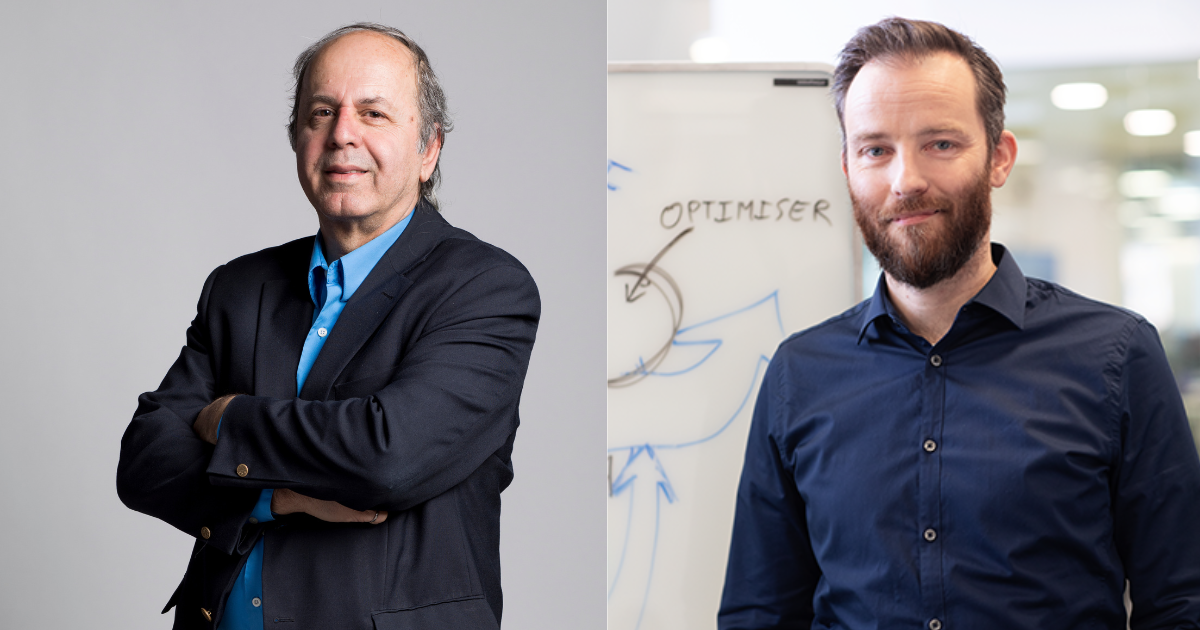
Engineering lends a hand to psychiatrists, psychologists and other neuroscientists in detecting anomalies that can lead to mental health problems and other brain disorders.
As part of a study—conducted by the National Institute of Mental Health in the United States involving over 2,500 participants from 14 countries—Sylvain Bouix, professor-researcher in the Department of Software Engineering and Information Technology at École de technologie supérieure (ÉTS), is refining exploration methods for the brains of people at risk of developing psychotic disorders.
Probing the Brain
Sylvain Bouix’s work is twofold: “On the one hand, I’m working on new methods of analyzing magnetic resonance imaging (MRI) data of the brain, including ways of identifying neuroanatomical structures. On the other, I’m developing tools to improve the sharing and management of multimodal data to facilitate the work of neuroscience, psychiatry and psychology scientists analyzing the data.”
As the researcher explains, these specialists will then be able to address many questions relating to the mental health of individuals. Questions like these: “For a person who shows mild symptoms, or seems to be needing help from a psychologist or psychiatrist, if we collect large amounts of data, can we predict whether they will become really ill? Will they recover? Will they remain stable?”
He also wonders whether it’s possible to determine—again through data collection and analysis—if a group of people is at greater risk of developing brain problems. “Could it be a good idea to have these people try a particular drug, rather than everyone using the same drug?”
Sylvain Bouix is adamant: relying on MRI data alone will not provide a comprehensive diagnosis to establish whether a person is at risk of developing schizophrenia, for example. “We’re really talking about studying multimodal data here,” he says.

To do this, a lot of different types of data must be collected. “In the study I’m currently working on, we really have everything you can imagine in terms of data. Subjects are tested clinically—with interviews to find out how they’re doing, if they’re hearing voices, if they have symptoms of paranoia, and so on. Subjects undergo a battery of cognitive tests as well as blood and saliva samples, electroencephalograms and MRIs,” says the researcher.
Participants also undergo “language analysis, wear an actigraph and use an application on their phone.”
This phone can also be used, via its built-in GPS, to determine if a person has not left their home in a few days, which could mean that their condition is deteriorating.
Ultimately, the aim is to establish a series of protocols to better identify the warning signs of a brain problem, but also to help pharmaceutical companies develop new, more effective drugs than those currently available.

“What we have at the moment to treat schizophrenia or psychoses are antipsychotics, which really are the equivalent of putting a wet towel over the brain," explains Sylvain Bouix. "It’s not at all specific. Worse still, in general, people who take these drugs don’t like it. At all."
"Sure, they greatly reduce the symptoms of schizophrenia, but they also have a lot of side effects," he adds
Beware the Lack of Data
Another obstacle in Sylvain Bouix’s study is trying to overcome the lack of diverse data.
As the researcher mentions, algorithms detecting anomalies in MRI images, for example, rely on data often collected from small, homogeneous populations—groups sharing the same physical, socio-economic and geographical characteristics.
Our problem,” explains Sylvain Bouix, “is that we don’t have sources of truth to indicate if results obtained through an algorithm are biased.”
Hence the wide mix of participants in the study.
Once the study is completed and the gathered information is analyzed, the next step will be to carry out clinical trials. This could lead not only to new methods of detecting and preventing brain disorders, but also to designing new treatments and drugs for these at-risk populations.



